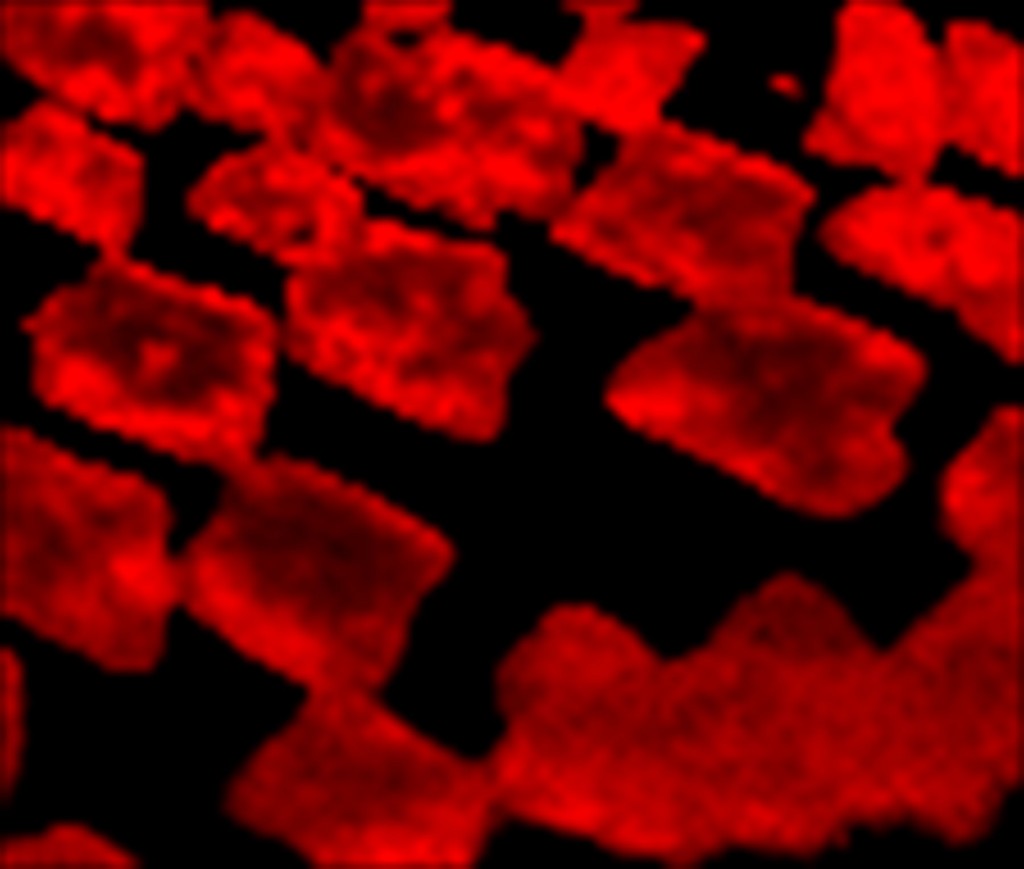Renishaw microscope used in leading graphene research
A specialist microscope developed and built in Gloustershire is being used in new research that addresses one of the major hindrances to the wider exploitation of graphene: the difficulty in growing large defect-free films.
The Renishaw inVia Raman microscope is being used by an international team—led by Oxford University scientists Professor Nicole Grobert and Adrian Murdock— in collaboration with Renishaw and researchers from the Forschungszentrum Juelich in Germany and University of Ioannina in Greece to examine film thickness, strain and defects in graphene films.
Graphene is a single layer of carbon atoms and was the first two dimensional material to be discovered. It has very interesting electronic and mechanical properties; it is one of the most conductive materials known to science and has a breaking strength 100 times greater than steel.
Typically, when graphene is grown using chemical vapour deposition (CVD), the individual graphene flakes merge with a variety of different orientations, creating defects. In this work, titled ‘Controlling the Orientation, Edge Geometry and Thickness of Chemical Vapour Deposition Graphene’, and published in the journal ACS Nano, it was found that the orientation of the underlying copper substrate could be used to guide the graphene flakes so they are aligned, and these defects are prevented.
“The inVia Raman spectrometer is a very powerful tool for investigating the properties of graphene. This work gives a much better understanding of CVD graphene growth, which will be important for manufacturing graphene on an industrial scale,” said Dr Tim Batten, Raman applications specialist at Renishaw.
In 2006 Professor Andrea Ferrari (University of Cambridge), used a Renishaw Raman spectrometer to conduct the first Raman characterisation of graphene. He used samples from its discoverers, Nobel Prize winners Professor Andre Geim and Professor Kostya Novoselov (University of Manchester). Since then, researchers worldwide have used data from Renishaw Raman systems in hundreds of scientific papers on graphene, greatly assisting in the understanding and development of this amazing material.
Related articles
Comments
Tell me what you're thinking...
and oh, if you want a pic to show with your comment, go get a gravatar!








